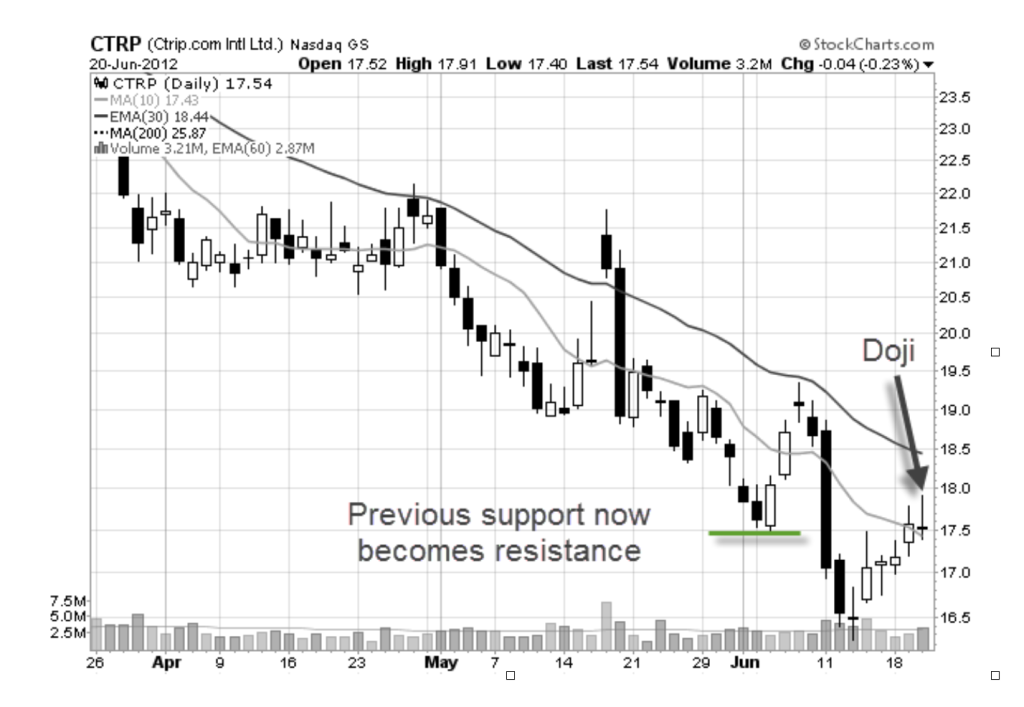Profit From Stock Trading Volume Analysis
Post on: 16 Март, 2015 No Comment

Stock Trading Volume Analysis
Stock trading volume analysis is a very important step in stock analysis, when done correctly. Traders who follow Market Geeks sometimes notice that I dont write many articles about trading volume. One of the reasons why I avoid this topic is because most beginners get confused and overwhelmed when they performing stock trading volume analysis. Trading volume in general is very illusive and more often than not does not provide information that traders can benefit from unless the trader really knows what to look for and how to correctly analyze volume.
Understanding Volume Analysis
Volume in the stock market is a measure of market activity. This in turn, reflects how much buying and selling interest a particular stock currently has. Because volume reflects accumulation and distribution, traders are able to determine emotional reaction to fundamental and technical news based volume analysis. You should also keep in mind that volume analysis can be performed on a weekly basis, daily basis and even intra-day basis as well.
Trading The Volume Spike
One of the reasons why volume analysis is difficult is because volume is cumulative, meaning you dont get to see buying or selling volume unless you glue yourself to the ticker tape and begin monitoring every trade that occurs for each stock. This is very impractical and will not yield productive results. One technique I do find useful for incorporating volume into my daily trading is to use volume spikes. By definition a volume spike is a dramatic increase in daily volume thats substantially greater than the daily average volume of the market you are trading. In this example you can see what volume spikes look like. I typically want to see volume increase 300 percent over the average daily volume.
Most Volume Spikes Are Easy To Identify Visually Without Any Analysis Tools
Significance Of Volume Spikes
The reason large volume spikes are important is because they project extremely strong emotions that occurred during the trading action that resulted in the spike. Using these volume and price levels as a springboard, allows traders to profit from strong emotional market levels that traders have a strong interest in.
Isolating The Volume Spike
Look for a stock or ETF that demonstrates average daily volume at least 3 times higher than the average daily volume. The volume does not have to be one isolated day but can be a cluster of up to 4 trading days. The key is to mark the high and low price that traded on the day that had the most volume. You want to see what the highest price was and the lowest price was on the day the highest volume occurred in the volume cluster.
How To Trade Volume Spikes
Once you isolate the high price and the low price that occurred on the highest volume day, pay attention to the direction of the trend. If the stock is headed upwards you only need to pay attention to the high price that was traded on the Volume Spike Day. If the stock is trending downwards, you only need to pay attention to the low price that was traded during the Volume Spike Period. You would enter your long position on the first closing price thats trading above the spike high day if you are going long and you would enter a short position on the first closing price thats trading below the Volume Spike Period Low. In this example you can see how the stock was trending up prior to the Spike Day. You would only focus on the long side and enter a trade Market on Close (MOC) when the market is closing above the highest price traded on Spike Day.
Volume Spikes To The Short Side
You can see the entire progression in this example. We begin by determining the direction of the trend; afterwards we isolate the Volume Spike and determine the lowest price reached that day. We then closely monitor the position for a closing price thats below the Spike Day Low. In this particular case, the low occurred the next day following the Spike Low and we enter the market at the close or MOC. I tend to place the MOC order during the last 5 minutes of the trading day when Im very confident that the closing price will be below the low price of the day. Often times if the market is really volatile I will watch the market and just place a market order about 2 minutes before the closing bell. I suggest you get to know how fast your trading execution platform is and how volatile the stock is so that you are sure to get executed before the closing bell.














